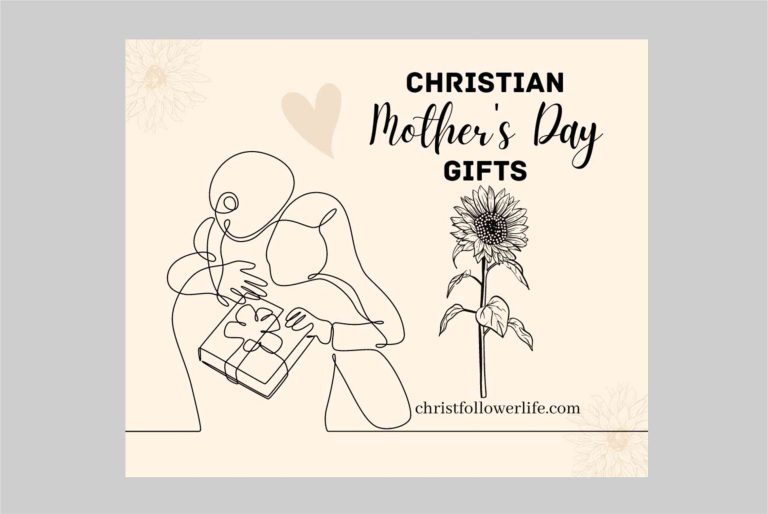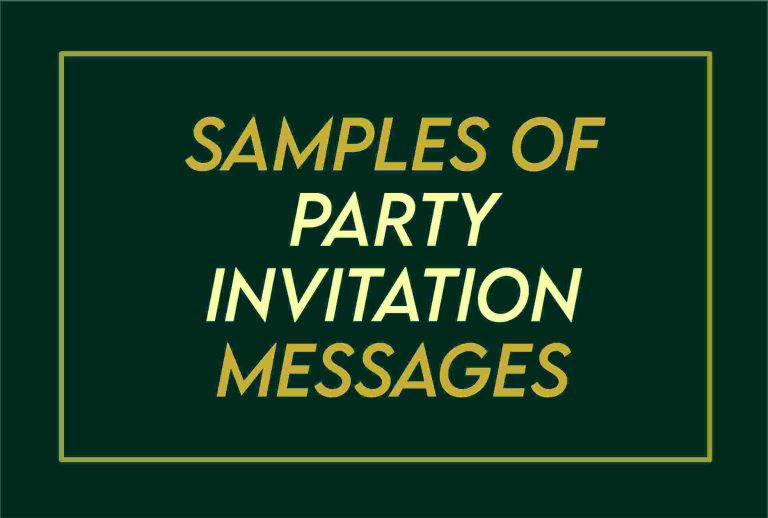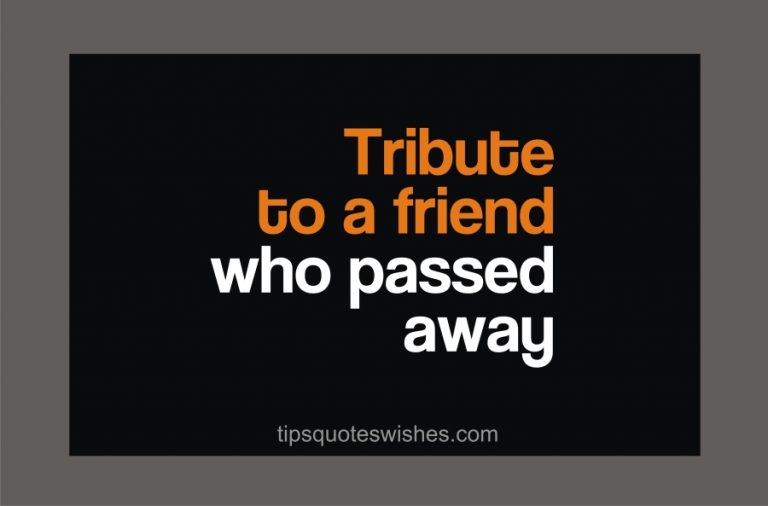How To Brush 1 Year Old Teeth
Detailed, And Practical Explanation On How To Brush 1 Year Old Teeth
Brushing a 1-year-old’s teeth is an important part of their oral hygiene routine. Proper dental care at a young age helps prevent tooth decay and sets the foundation for good oral health. Here’s a detailed and practical guide on how to brush a 1-year-old’s teeth:
Supplies You’ll Need:
1. Soft-bristle toddler toothbrush: Choose a toothbrush designed for infants or toddlers. It should have soft bristles and a small head to fit comfortably in their mouth.
2. Fluoride-free toothpaste for infants: Use a rice-sized smear of fluoride-free toothpaste for children under 2 years old.
3. Clean, damp washcloth or gauze: You can also use these to gently wipe your child’s gums and teeth before they have teeth.
Step-by-Step Guide: How To Brush 1 Year Old Teeth
1. Prepare Your Child: Make brushing a fun and positive experience for your child. Choose a comfortable location, like a bathroom or a small stool in front of a mirror. Ensure you and your child are both relaxed.
2. Wash Your Hands: Always wash your hands before handling your child’s toothbrush and mouth.
3. Positioning: Sit your child on your lap or have them stand in front of you. Tilt their head slightly backward so you can see their teeth and gums.
4. Start Gently: If your child has teeth, use a clean, damp washcloth or gauze to gently wipe their gums and teeth. Do this even if they only have a few teeth. This helps remove any residue and gets them used to oral care.
5. Toothbrush and Toothpaste: Wet the toddler toothbrush and apply a rice-sized smear of fluoride-free toothpaste. Fluoride-free toothpaste is recommended until your child can spit effectively, usually around age 3.
6. Brushing Technique: Hold the toothbrush at a 45-degree angle to the teeth and brush gently in small circular motions. Pay attention to the front, back, and top of each tooth. Also, brush along the gumline. Focus on being gentle to avoid causing discomfort or injury.
7. Brushing Schedule: Brush your child’s teeth at least twice a day – once in the morning and once before bed. This helps establish a routine.
8. Let Them Try: As your child gets older, you can allow them to try brushing their own teeth with your guidance. Encourage them to mimic your movements.
9. Rinse or Wipe: After brushing, you can rinse their mouth with a small amount of water or use a clean damp washcloth or gauze to wipe away any excess toothpaste.
10. Positive Reinforcement: Praise your child for their cooperation. Make brushing a positive experience by singing a song, using a timer, or incorporating a favorite toy or stuffed animal.
11. Regular Dental Check-ups: Schedule your child’s first dental check-up by their first birthday or as recommended by your pediatric dentist. Regular dental visits are crucial for monitoring their oral health.
12. Safety: Always supervise your child during brushing to prevent them from swallowing toothpaste or putting the toothbrush in their throat.
Remember that patience is key when brushing a 1-year-old’s teeth. It may take some time for your child to get used to this routine, so stay consistent and make it as enjoyable as possible. Dental care from a young age sets the foundation for a lifetime of healthy teeth and gums.
How To Clean Baby Teeth Naturally
Cleaning your baby’s teeth naturally is a gentle and effective way to maintain their oral health without relying on commercial toothpaste or chemicals. Here’s a simple but detailed guide on how to clean baby teeth naturally:
Supplies You’ll Need:
1. Soft baby toothbrush: Choose a toothbrush designed for infants with soft bristles and a small head.
2. Clean washcloth or gauze: You can use a soft, clean washcloth or gauze if you don’t have a toothbrush.
3. Warm water: You’ll use this to moisten the toothbrush or cloth.
Step-by-Step Guide:
1. Prepare Your Baby: Find a comfortable and well-lit area to clean your baby’s teeth. Make sure both you and your baby are relaxed.
2. Wash Your Hands: Always wash your hands before touching your baby’s mouth or using any cleaning tools.
3. Moisten the Toothbrush or Cloth: Dip the baby toothbrush in warm water or wet the washcloth. Make sure it’s not too hot; it should be lukewarm.
4. Positioning: Hold your baby in your lap or have them sit in a secure and comfortable position. You can also sit on the floor with your baby lying on their back or using a high chair.
5. Gently Brush or Wipe: If you’re using a toothbrush, gently brush your baby’s teeth using small circular motions. Pay attention to the front, back, and top of each tooth and brush along the gumline. If you’re using a washcloth or gauze, wrap it around your index finger and gently wipe your baby’s teeth and gums.
6. Use Water Only: Avoid using toothpaste until your baby is at least two years old, as they may swallow the toothpaste. Just using warm water is sufficient for cleaning at this age.
7. Brush Twice a Day: Aim to brush your baby’s teeth at least twice a day, ideally after breakfast and before bedtime. Establishing a routine is important.
8. Positive Reinforcement: Make the experience enjoyable for your baby. Sing a song, talk to them soothingly, or let them hold a soft toy while you clean their teeth.
9. Regular Dental Check-ups: Schedule your baby’s first dental check-up by their first birthday or as recommended by your pediatric dentist. Regular dental visits are important for monitoring their oral health.
10. Safety: Always supervise your baby during teeth cleaning to prevent them from grabbing the toothbrush and putting it in their mouth or choking on it.
Remember, the key to cleaning your baby’s teeth naturally is to be gentle and consistent. By starting good oral hygiene habits early and making the process enjoyable, you’re helping your baby develop healthy teeth and gums naturally without the need for commercial toothpaste or chemicals.
When To Start Cleaning Baby Gums
Cleaning your baby’s gums is an important part of oral hygiene and should begin even before their first teeth erupt. Here’s when and how to start cleaning your baby’s gums:
When to Start:
You can start cleaning your baby’s gums shortly after birth. Even though they don’t have teeth yet, it’s essential to keep their gums clean to prevent bacterial buildup and establish good oral hygiene habits.
How to Clean Baby Gums:
1. Wash Your Hands: Always begin by washing your hands thoroughly to ensure cleanliness when handling your baby’s mouth.
2. Get a Clean Cloth or Gauze: Use a soft, clean, and damp washcloth or gauze pad. You may wet it with warm water for added comfort.
3. Gently Wipe the Gums: Wrap the damp cloth or gauze around your index finger and gently rub your baby’s gums. Use soft, circular motions, being careful not to apply too much pressure. Start at the front of the gums and work your way to the back.
4. Be Gentle: It’s essential to be gentle while cleaning. There’s no need to scrub vigorously; a light, gentle wipe is sufficient.
5. Clean After Feeding: It’s a good idea to clean your baby’s gums after each feeding, whether they’re breastfed or bottle-fed. This helps remove any milk residue that can potentially lead to bacterial growth.
6. Establish a Routine: Make gum cleaning a regular part of your baby’s daily routine. This not only helps with oral hygiene but also familiarizes your baby with the process as they grow.
Why Cleaning Baby Gums is Important:
1. Prevents Bacterial Growth: Cleaning your baby’s gums removes milk residue and prevents the growth of harmful bacteria in their mouth.
2. Comfort: Massaging their gums with a clean cloth or gauze can provide comfort, especially during teething when gums may be sore.
3. Establishes Good Habits: Starting early with oral hygiene sets a foundation for good habits as your baby gets older and develops teeth.
4. Early Detection: Regular gum cleaning allows you to monitor your baby’s oral health, and you may notice any abnormalities or changes early on.
Remember to continue this routine as your baby’s teeth start to emerge. Once the first tooth appears, transition to using a soft baby toothbrush and water for cleaning. As your baby grows, you can introduce fluoride-free toothpaste specifically designed for infants and toddlers, typically around the age of 2, as recommended by your pediatric dentist.
Christopher is a well sought-after writer, speaker and life coach, helping many people to enjoy a better life in all endeavors. He speaks and writes on subjects concerning spiritual, relationship, career and finances.




![[2024] Samples Of Official Welcome And Short Opening Remarks For A Program In English](https://tipsquoteswishes.com/wp-content/uploads/2023/02/opening-remark-768x507.jpg)

![[2024] Examples Of Short Welcome Speech For Guest](https://tipsquoteswishes.com/wp-content/uploads/2023/06/Welcome-Speech-For-Guest-768x515.jpg)